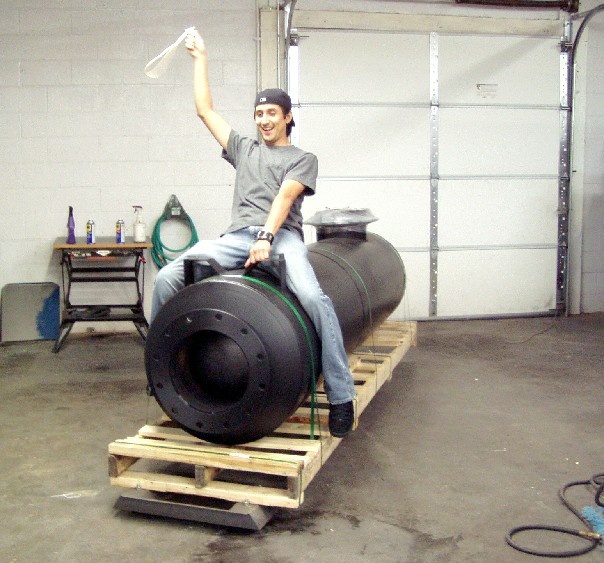Think of it like this, it is a cycle.
You may have a bunch of games that game developers have chosen to use NVIDIA tech right now. But a year from now, we may be in a cycle where they chose to use AMD tech.
At any given time you are going to have your games that use NV tech, and or AMD tech. It is up to the developer.
It just is, it is just the way things are, we cannot ignore games either way, else we'd have nothing to use!
As a poster above stated, how are you to know the game engine itself isn't biased toward a vendor?
You just cannot do that when it comes to playing games and reviewing video cards. You just have to say, it is what it is, the game dev used that tech, so let's just see how it performs and looks and how video cards compare and tell the end user what the best value is to play that game. It is that simple.
How things are now, in this cycle, may not always be. Right now game devs are choosing to use NV 3D effects, that means something, and it is just the way it is, that's the cycle we are in. Perhaps AMD should up its game in terms of evangelizing its features to game developers. AMD needs to make an impact with game devs and prove why their stuff is better. In the end, the game developer chooses what to use.
You can't straight compare nVidia titles vs. AMD titles. At least not until AMD has the same access that nVidia does to the game's code.
![[H]ard|Forum](/styles/hardforum/xenforo/logo_dark.png)


